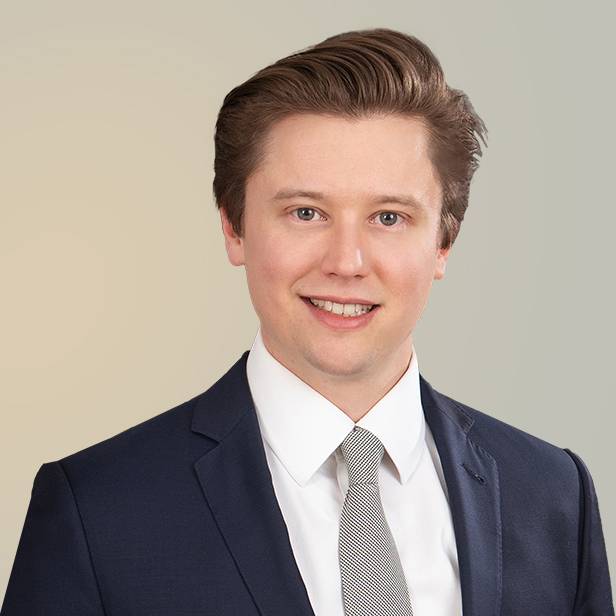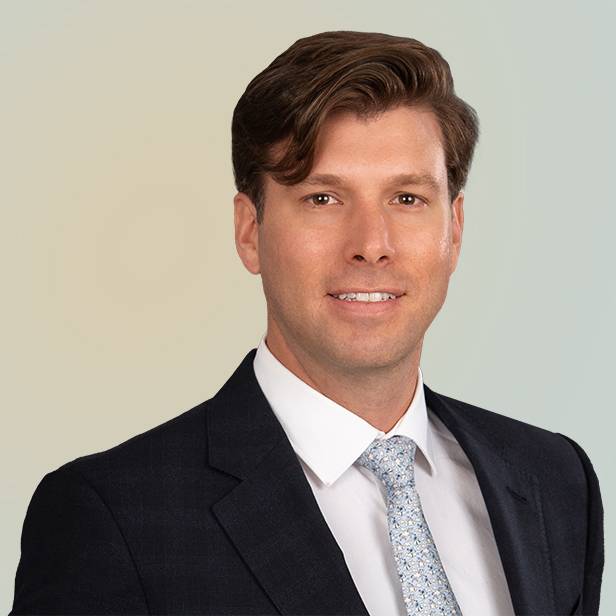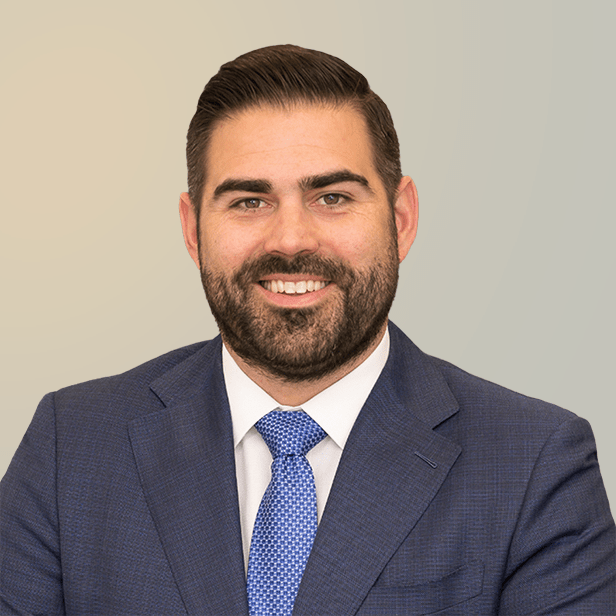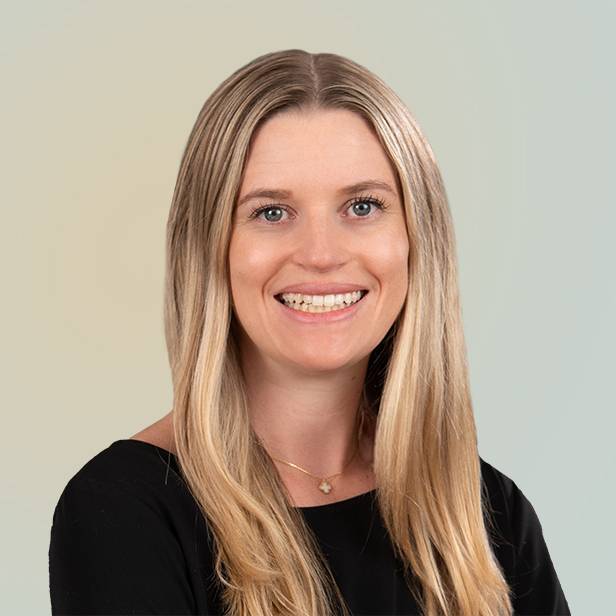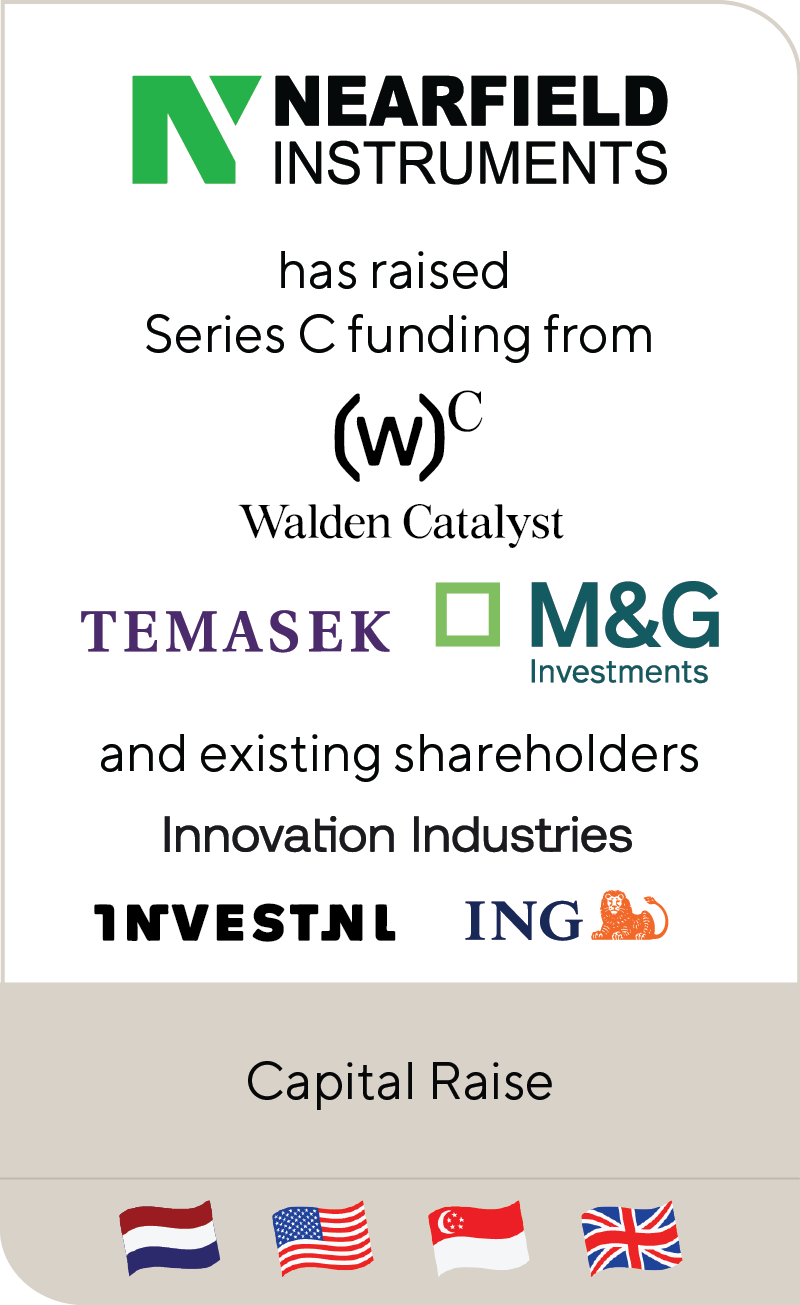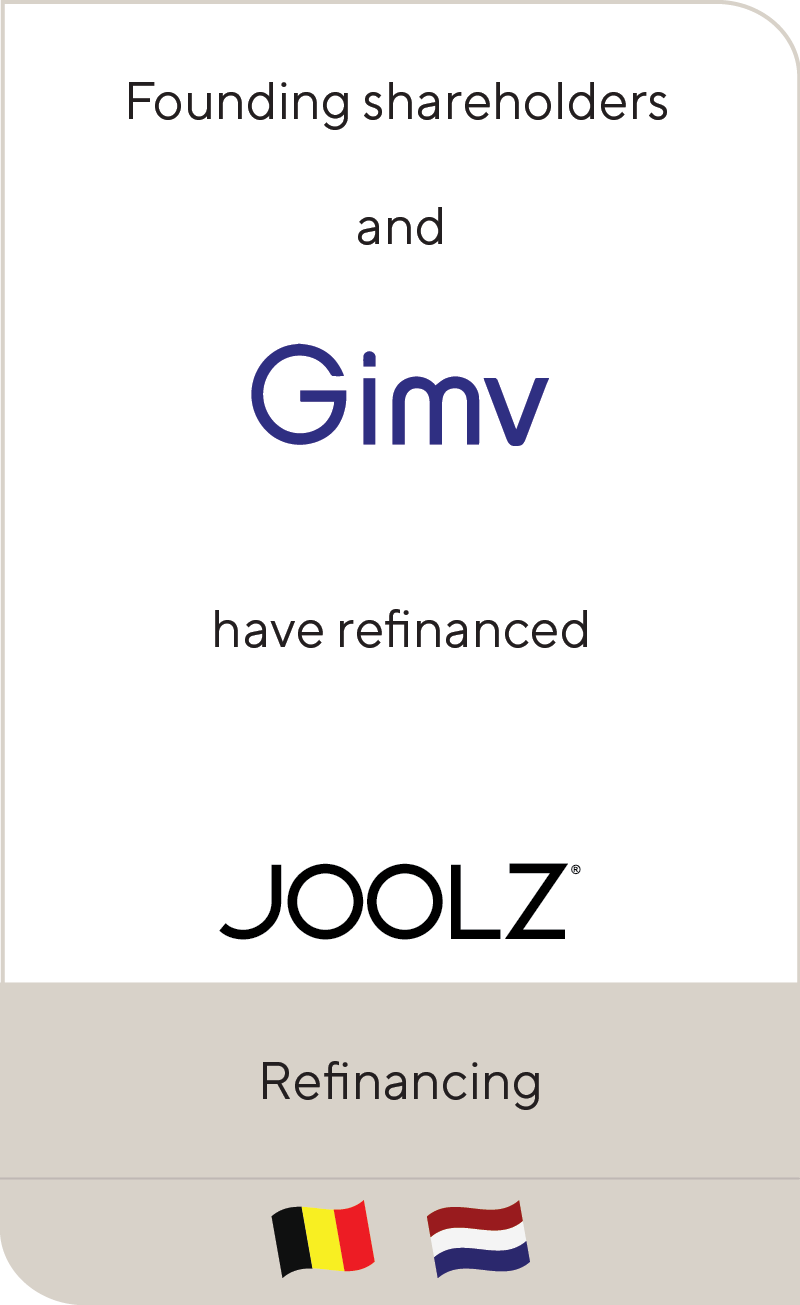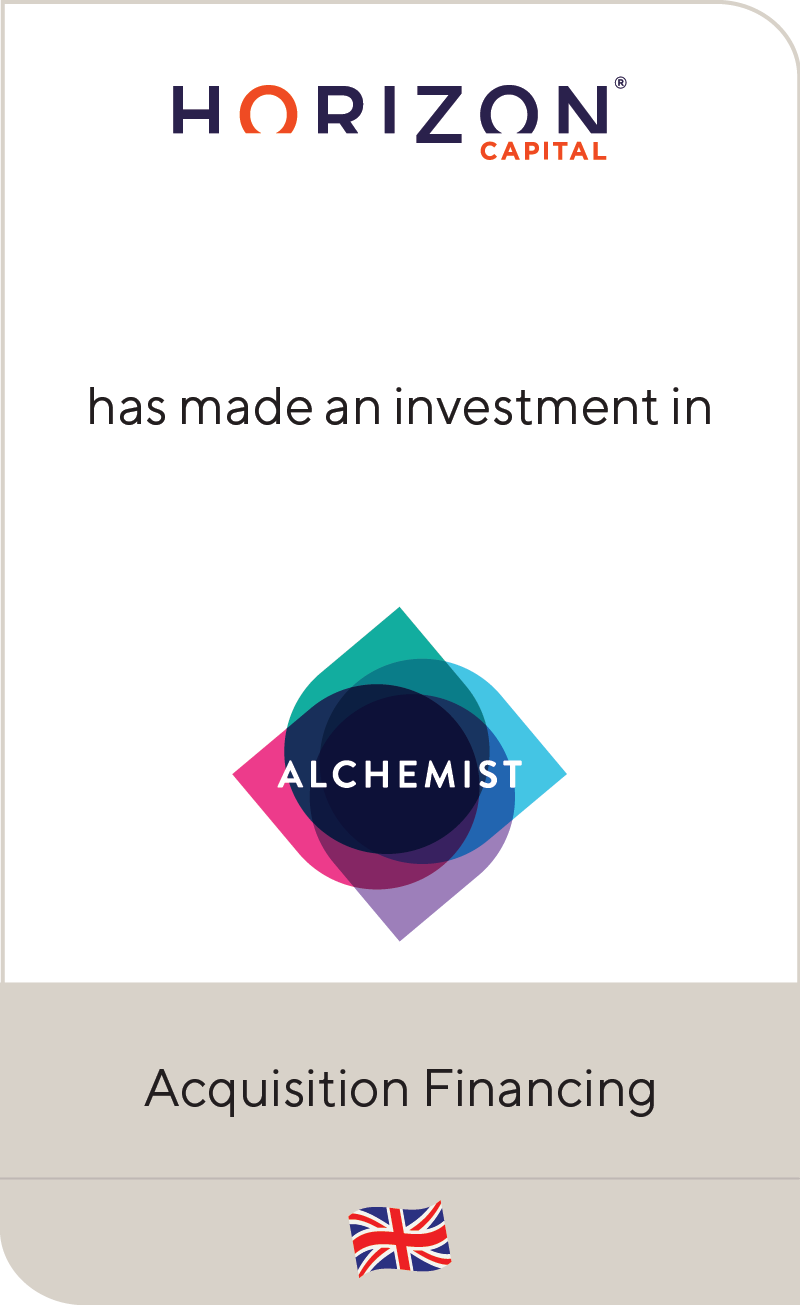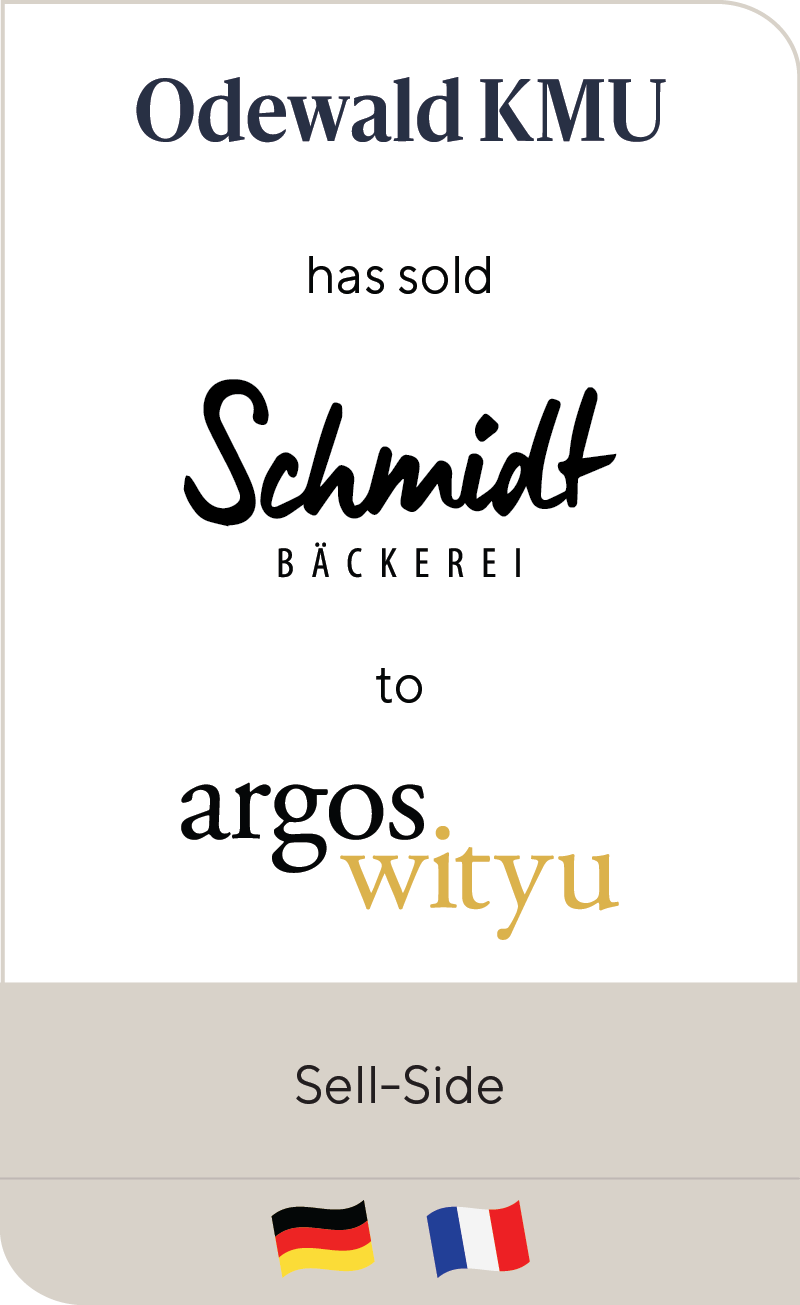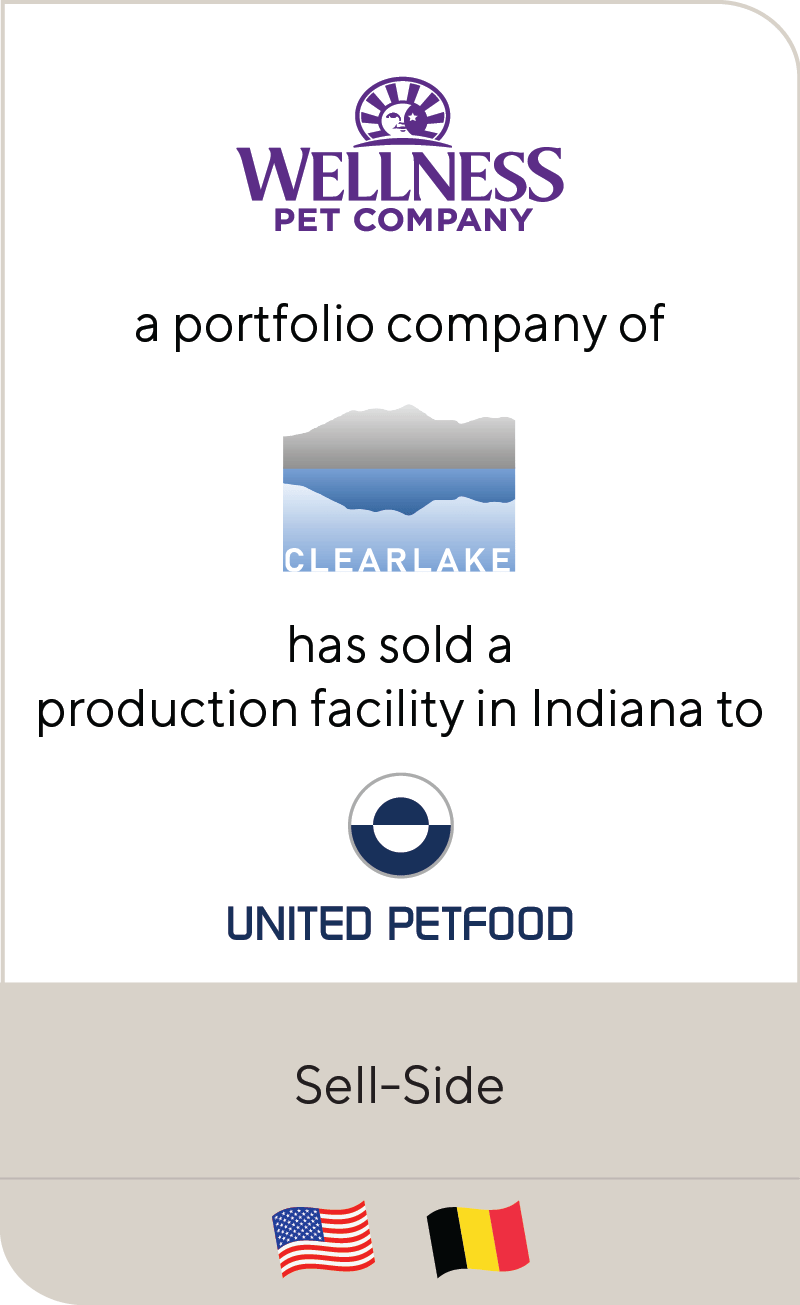Nikkei Financial | Growth of Private Equity Through Continuation Funds
Apr 2022
Originally published by Nikkei Financial on April 19, 2022.
Stephen Carre and Dan Posternak discuss the growth of private equity through continuation funds with Nikkei Financial.
Click here to view the full article (Japanese).
Read the article translated to English below:
As private equity (PE) funds continue to expand, a new “ vein” they have identified is the “continuation fund” that enables long-term holding of investee companies. The desire for involvement in continuation funds has spread rapidly amongst management who want to pursue growth strategies without going public and PE that want to keep excellent assets. The Securities and Exchange Commission (SEC) is also watching the trends, but the expansion is unlikely to stop.
Investment opportunities are continuously being brought in by investment bankers. Hightower, a Chicago-based wealth management firm, is pursuing a rollup strategy.
“We look at 40 to 50 opportunities per month including those which we sourced directly. We are always in need of funding for our investments, but we are not considering initial public offerings (IPOs). Thanks to PE investors, we can continue to raise funds,” Bob Oros, Chief Executive Officer (CEO) of Hightower, said.
Thomas H. Lee Partners (THL), a well-established PE firm, will support Hightower’s M&A strategy with capital. In 2018, it acquired Hightower through its seventh fund. With strong backing, Hightower acquired more than 30 small investment advisory companies to date. It had approximately $117.8 billion total assets under management as of the end of 2021 and has grown to be one of the largest in the industry.
The reason Bob can take an expansion route as an unlisted company is largely because of the capitalization strategy implemented in 2020.
THL, the general partner (GP) of the number seven fund, moved Hightower to the newly created continuation fund where new PE investors such as Neuberger Berman and Goldman Sachs Asset Management were invited. PE firms usually realize gains on their investments several years after acquisitions through sales to other companies or IPOs. The transfer to the continuation fund enabled THL to own Hightower for an extra three to five years.
Technically, THL sold the Hightower shares held in the number seven fund to a continuation fund. However, it did not cash-out the gain but reinvested it in the continuation fund.
Yoshiyuki Yagisawa, Managing Director of the PE Department of Neuberger, said, “It was important for our investment decisions that THL had shown its commitment to continue to focus on increasing the value of the Hightower by investing its own money in the continuation fund.”
Limited partners (LPs) in the number seven fund had two options: to secure profits by selling Hightower shares, or to believe in THL’s capabilities and transfer their stakes to continuation funds for greater returns. Such trades are recognized as a type of secondary transactions that liquidate the investments in PE funds.
Secondary market, doubled in one year
The secondary market for PE funds is growing rapidly. According to the estimates by Lazard, a U.S. investment bank, the total transaction value in 2021 doubled from the previous year to $126 billion, a record high. The momentum has continued into 2022, according to industry sources.
Buying and selling shares between LPs in past transactions was the mainstream, but recently, a number of transactions called “GP-led secondaries” are increasing. THL’s transfer of Hightower to a continuation fund was the latter. GP-led secondaries have traditionally been used for poorly performing portfolios. As the operating period of the existing fund approaches its end, PE funds must transfer the poorly performing portfolio to a continuation fund because no buyers are interested. However, what we have increasingly seen is the transfer of “excellent assets” such as Hightower to continuation funds.
According to Stephen Carre, Managing Director of Lincoln International, “More and more GPs are asking themselves, ‘Why not reinvest in this asset?'”
Generally, the tenure of PE funds are 10 years where investments are made in the first five years. It does not make sense for GPs to exit from investments which can accelerate the growth with the additional time and capital simply due to the fund life.
The competition between PE funds is also playing a role. According to Preqin, British research firm, the amount of dry powder used for acquisitions reached $1.648 trillion as of the end of December 2021.
There are many cases where fierce competition amongst multiple PEs for an attractive target results in an expensive investment. If investors overpay, the expected return will drop. The dynamics motivate GPs to lock in existing high-quality investments rather than to open new projects.
Some LP investors, such as pensions and the “Fund of Funds,” are confused by the spread of GP-led transactions because investors are asked to decide in a very short period whether or not to transfer the stake to a continuation fund.
“In some cases, the window is only one week to 10 days from the notification to the response deadline, which leads to dissatisfaction on the LP side,” Mina Pacheco Nazemi, who invests in PE at Barings, commented.
LP’s dissatisfaction is also due to the high fees for GP. Traditional PE investments were left to the discretion of the fund manager, from the selection of acquisition targets to the timing of the liquidation. High rewards were justified as the result of that responsibility. However, GP-led secondary transactions impose responsibility for realization on the LP side. Japanese LPs, which take longer to make decisions, often pass investments in continuation funds.
Mina of Barings chose to adapt to the “evolution” of the PE industry. “We have made 12 investments in continuation funds in the past year and decided to carry over several of them this year as well. I don’t want to leave any on the table,” Mina said. “There was also a judgment that it would be more reliable to direct the funds to a continuation fund with a clear growth strategy for the investee, rather than investing in a new fund for which the acquisition destination has not been decided.”
JP Morgan CEO’s sense of crisis
“It’s incumbent upon us to figure out why so many companies and so much capital are being moved out of transparent public markets to less transparent private markets — and whether this is in the country’s long-term interest,” Jamie Dimon, CEO of JP Morgan Chase, a large bank, wrote in “Letter to Shareholders” on April 4th.
While the number of listed companies in the United States peaked at 7,300 in 1996, the number of PE-sponsored companies has recently exceeded 10,000. A sense of crisis about the rise of PE is evident between the lines. IPO is a profitable business for equity underwriting units of U.S. banks. If fewer companies decide to go public, business opportunities will shrink.
“The global role of banks is diminishing, while loosely regulated “shadow banks” are expanding,” said Jamie. The stock market has factored in a change of the leading players in Wall Street, and the market capitalization of Blackstone Group has surpassed Goldman.
Including, but not limited to, expanding disclosure obligations, litigation risks and dealing with activist shareholders, the burden on listed companies is increasing year by year. “When you go public, you have to talk to a securities analyst quarterly,” Bob said, indicating that management may be forced to become short-term oriented. Unlisted companies backed by PE can focus on pursuing growth strategies if the shareholders are supportive.
Continuation funds give business owners the option of not listing for a long period of time. Even if the company eventually goes public to return capital to investors or compensate its founders, it would be at a time when the stage of the growth has changed from the rapid to modest.
Individual investors who are restricted from participating in the PE market are less likely to come across “ten buggers” and have a lower expected return on investments.
The SEC is increasing its scrutiny of the PE market. In February, they announced a series of draft regulations centered on strengthening disclosure. For GP-led secondary transactions, a “fairness opinion” from a third party will be required to prove that the sale price to the continuation fund is fair. It is expected such fairness opinions will help LP investors such as pensions decide to invest in a continuation fund or not.
In practice, many GPs have got fairness opinions in past transactions. Carre of Lincoln, who is a well-experienced advisor for PE funds said, ” I do not believe that transactions will be significantly affected by the introduction of the regulations.”
After all, the SEC is aiming to improve the transparency of the secondary market, but it is not trying to stop the expansion itself. The PE industry is stepping up secondary transactions, as if it has read the authorities’ moves.
Blackstone is moving forward with the launch of a fund focused on secondary transactions. It already raised approximately $13 billion in the Q4 2021, and the size is expected to eventually reach the $20 billion level. Carlyle Group, the rival PE fund will also strengthen its secondary transactions. The two funds, which have taken on numerous acquisitions as GPs, are trying to cover the entire ecosystem of PE market by expanding into the secondary market.
The PE industry is changing the way capital markets work by attracting blue-chip companies, Wall Street talent and capital with the long-term investment horizon. In particular, the development of the secondary market and the rapid increase in continuation funds will provide an opportunity to reexamine the rationale of listing. At this moment, no one knows if that will meet the best interests of the United States. What we can certainly see is that at this point we can hardly find anything that prevents PEs from further growth.
Summary
-
Lincoln International's Private Fund Advisory Professionals, Stephen Carre and Dan Posternak, discuss continuation funds with Nikkei Financial.
- Sign up to receive Lincoln's perspectives
Contributors
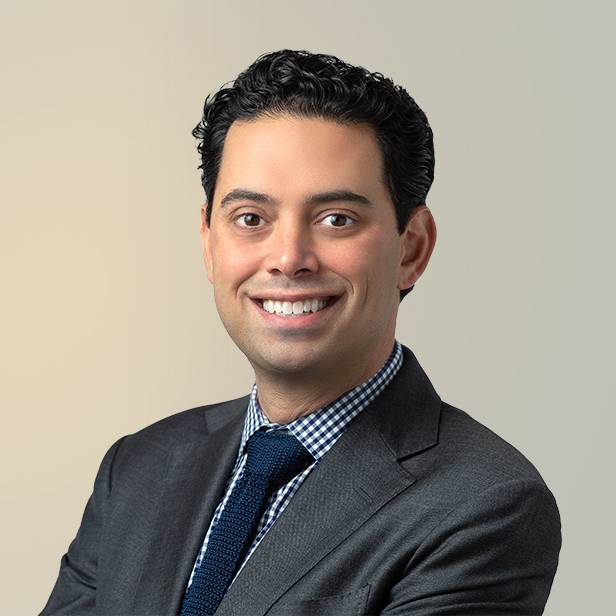
Partnering with best-in-class sponsors to identify and implement creative capital raising solutions has inspired me throughout my career.
Dan Posternak
Managing Director & U.S. Co-head of Private Funds Advisory
New York
I am inspired by the opportunity and privilege to work alongside passionate and focused people, helping them achieve their goals and ultimately push beyond the edge of possible.
Stephen Carre
Managing Director & U.S. Co-head of Private Funds Advisory
New YorkMeet Professionals with Complementary Expertise

I am inspired by the opportunity and privilege to work alongside passionate and focused people, helping them achieve their goals and ultimately push beyond the edge of possible.
Stephen Carre
Managing Director & U.S. Co-head of Private Funds Advisory
New York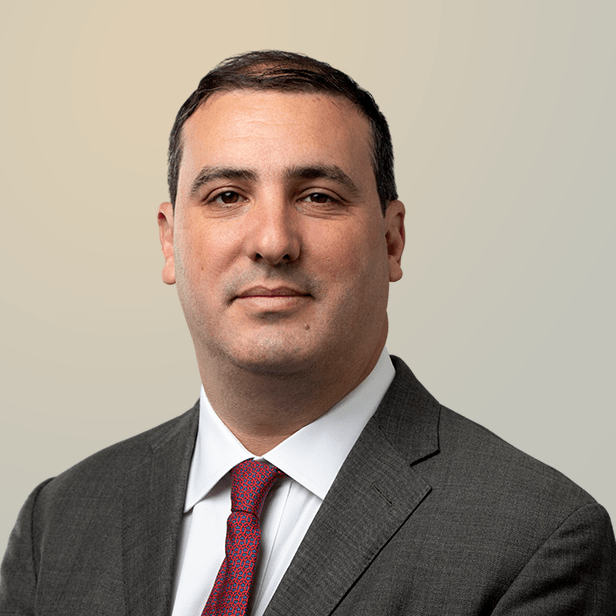
I look beyond the capital to cultivate investment paths that lead to sustainable growth and enduring success.
Jonathan Graham
Managing Director & European Head of Private Funds Advisory
London
Partnering with best-in-class sponsors to identify and implement creative capital raising solutions has inspired me throughout my career.
Dan Posternak
Managing Director & U.S. Co-head of Private Funds Advisory
New YorkRelated Perspectives

Lincoln International expands Private Funds Advisory Group into Europe
Jonathan Graham appointed as Managing Director to lead efforts from London Lincoln International, a global investment banking advisory firm, announced that it has expanded its Private Funds Advisory (PFA) capabilities into… Read More

“Leader to Leader” Series
The Leader to Leader video series turns up the dial on rich conversations with prominent leaders – from business owners and entrepreneurs to investors and CEOs – highlighting their stories… Read More

The Rising Popularity of NAV Loans
The current economic environment has called for partial liquidity alternatives that provide value for private equity firms and other fund managers. One of those alternatives, the net asset value (NAV)… Read More

